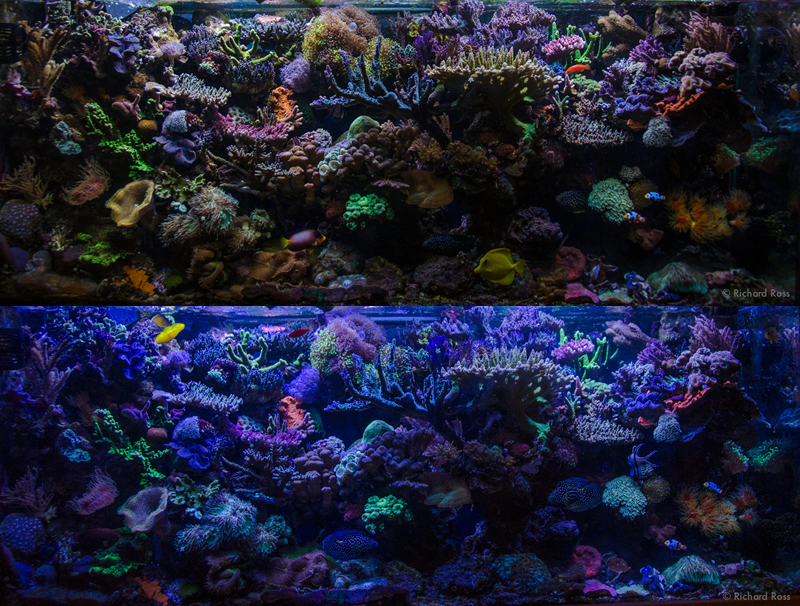waverz
Slave to the reef!
I have neglected my tank over the last 6 months or so and almost quit the hobby all together. It's a 60 gallon cube with a small sump.
I've decided to keep the tank setup and implement a few gadgets to make maintenance easier. I added continuous water change and ato system using a litermeter. The system is working flawlessly so far.
I tested the water and noticed my no3 and po4 levels where very high.
No3=80
Po4=2.18 ppm using Hanna checker
I've been doing 10 gallon water changes daily for the last few days. No3 and po4 levels have dropped some but are still on the high side.
I hooked up a gfo reactor today and have considered doing a few large water changes to aid in po4 export. With po4 levels that high I don't see my gfo laying very long.
My concern is overdoing it with the water changes. Is this something to be concerned with even though they are happening very slow throughout the day?
Any advice would be great.
I've decided to keep the tank setup and implement a few gadgets to make maintenance easier. I added continuous water change and ato system using a litermeter. The system is working flawlessly so far.
I tested the water and noticed my no3 and po4 levels where very high.
No3=80
Po4=2.18 ppm using Hanna checker
I've been doing 10 gallon water changes daily for the last few days. No3 and po4 levels have dropped some but are still on the high side.
I hooked up a gfo reactor today and have considered doing a few large water changes to aid in po4 export. With po4 levels that high I don't see my gfo laying very long.
My concern is overdoing it with the water changes. Is this something to be concerned with even though they are happening very slow throughout the day?
Any advice would be great.

